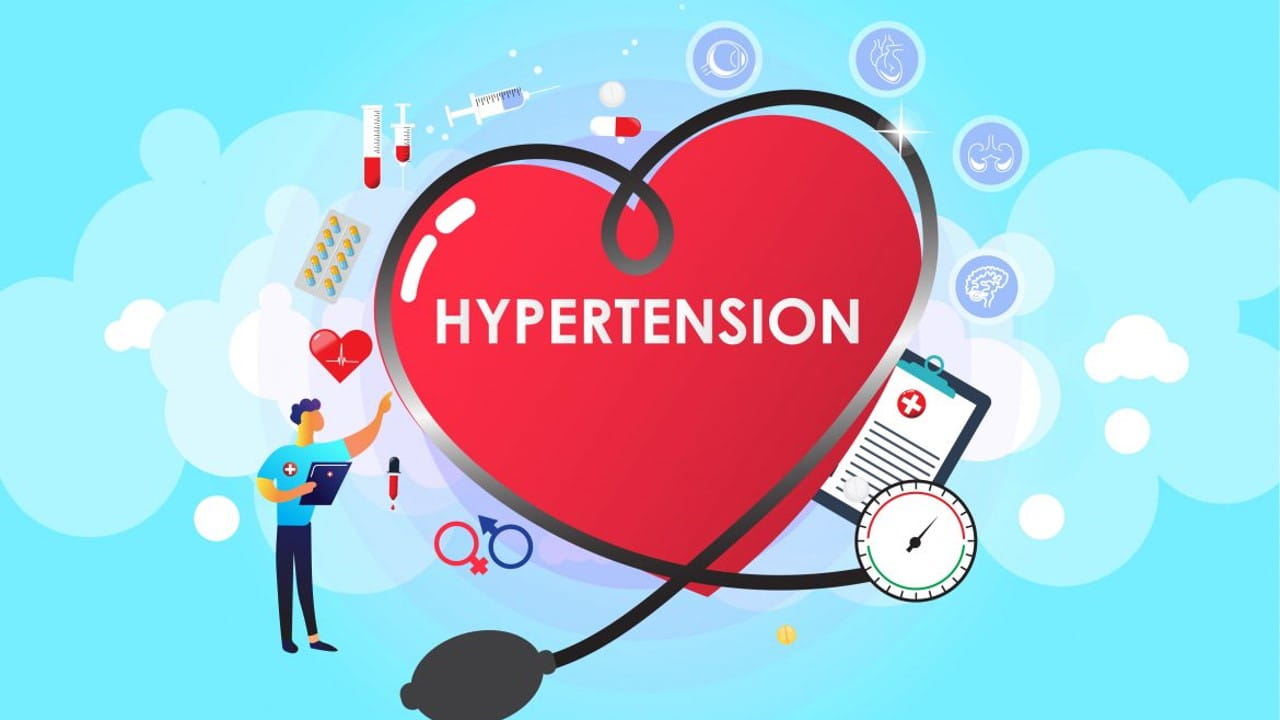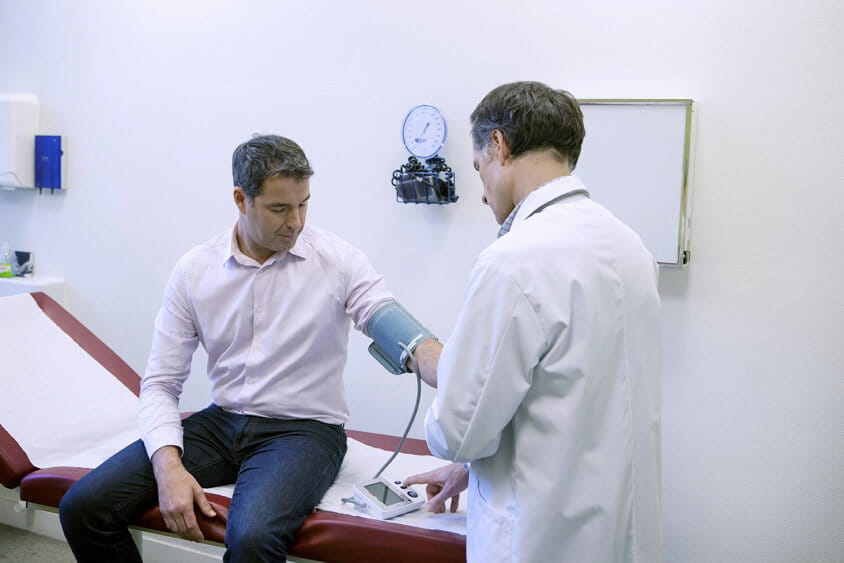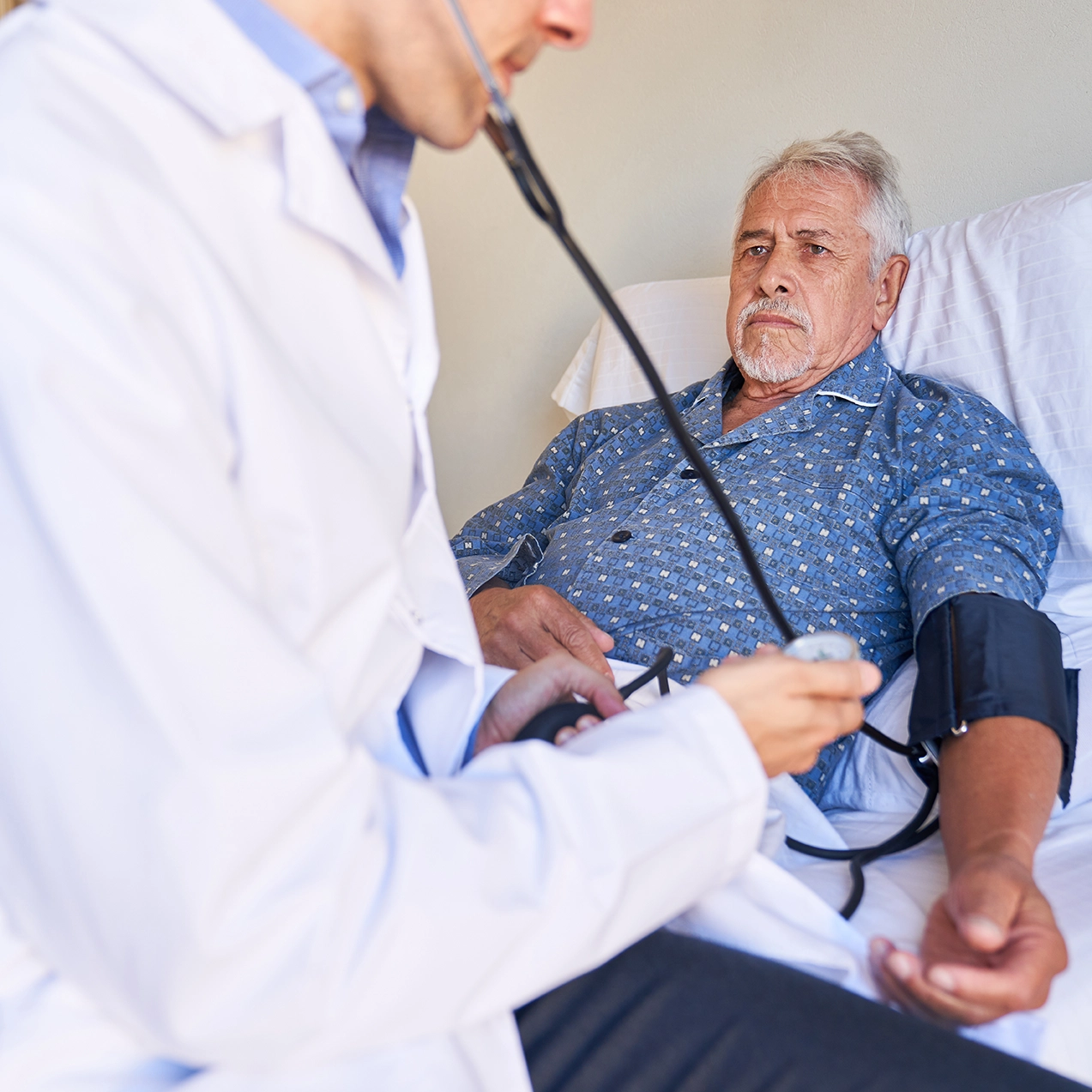The speaker began by summarising, as previously demonstrated, that a steeper association is observed between blood pressure elevation and cardiovascular events. A stronger association with stroke is found compared to CAD, and a stronger association is noted between increases in BMI and blood pressure elevation, which is becoming problematic in Asia. It is recognized that Asians are relatively more salt-sensitive. A higher prevalence of masked hypertension is observed, along with a higher degree of morning surge. In AF patients with hypertension taking anticoagulants, Asians have been shown to be more susceptible to bleeding complications with uncontrolled blood pressure. Based on these characteristics, in Asia, a strong emphasis is placed on the use of out-of-office BP measurements for the diagnosis of hypertension. The diagnostic algorithm from the 2019 Korean Society of Hypertension Guidelines emphasizes the use of either ambulatory or home blood pressure monitoring for the definitive diagnosis of hypertension. Similarly, the diagnostic algorithm from the JSH guideline recommends the use of home blood pressure monitoring for the definitive diagnosis of hypertension, and when home blood pressure monitoring is not possible, the use of ambulatory blood pressure monitoring is recommended.
For the diagnosis of hypertension in Asia, there is, of course, a strong emphasis on standardized office blood pressure measurement and out-of-office BP monitoring, especially home BP monitoring. In Taiwan, the unique guideline emphasizes the use of home blood pressure monitoring, with hypertension diagnosis based on the average home blood pressure value of more than 130/80 mmHg or standardized office BP of more than 130/80 mmHg. In Japan, the definitive diagnosis of hypertension is based on home blood pressure monitoring and ambulatory blood pressure monitoring is recommended when home blood pressure monitoring is not available. In China, there is a strong emphasis on the widespread use of home blood pressure monitoring for both diagnosing and managing high blood pressure. The corresponding value of out-of-office BP measurements in Asia is similar to that in the U.S. and Europe. For example, for an office blood pressure of 140/90 mmHg, the daytime ABPM is 135/85 mmHg, and for home blood pressure, it is 135/85 mmHg. For an office blood pressure of 130/80 mmHg, the daytime ABPM is 130/80 mmHg, and home blood pressure is 130/80 mmHg. The Taiwanese Hypertension Society has proposed the “722” protocol for home blood pressure measurement. This protocol is considered very useful for both physicians and patients because it is easy to memorize. The 7 stands for 7 consecutive days of home blood pressure measurement, the next 2 stands for 2 occasions per day in the morning and the evening, and the last two stands for two or more blood pressure readings, at least one minute apart, taken per occasion, with three blood pressure readings required for atrial fibrillation. Regarding the frequency of monitoring, in cases of initiation of drug therapy, home blood pressure monitoring is recommended to be taken two weeks later, then every one month if uncontrolled, and every three months if the blood pressure is deemed to be controlled.
The speaker presented a comparison of hypertension grading according to major Asian guidelines. In Japan and China, hypertension is categorized into three grades. In Korea and Taiwan, it is divided into two grades. Grade 1 hypertension in Japan and Korea is defined as a blood pressure range of 140-159/90-99 mmHg, while grade 2 hypertension is 160-179/100-109 mmHg. Grade 3 hypertension is characterized by a blood pressure above 180/110 mmHg, consistent with China's guidelines. Taiwan's grades are based on average home blood pressure, with grade 1 hypertension ranging from 130-139/80-89 mmHg and grade 2 hypertension as an average above 140/90 mmHg. The cardiovascular risk stratification strategy is similar across these countries, based on both risk category and hypertension grade. For instance, the JSH categorizes patients in category three, the highest risk, as those with cardiovascular disease, non-valvular AF, diabetes, CKD with proteinuria, or three or more clinical risk factors. Elevated blood pressure above 130/80 mmHg places the patient in a high-risk category requiring medical treatment, even if the blood pressure is below 140/90 mmHg. Treatment initiation thresholds vary among countries: in Japan and China, it is generally 140/90 mmHg, but for high-risk patients in Japan and those with a history of cardiovascular disease in Korea, it is set at 130/80 mmHg. In Taiwan, it is 130/80 mmHg for all but low-risk patients, where it is 140/90 mmHg. The STEPS trial demonstrated the benefits of intensive blood pressure lowering in Asians, showing a 26% reduction in cardiovascular outcomes with an average blood pressure of 128 mmHg compared to standard treatment with an average of 135 mmHg.
In conclusion, the speaker states that Asians show a stronger association between elevated blood pressure and cardiovascular disease, particularly stroke. There is an emphasis on using out-of-office blood pressure measurements, especially home measurements, due to nocturnal and morning hypertension. The speaker noted that Hypertension is defined as an office blood pressure above 140/90 mmHg, requiring confirmation by out-of-office measurements, with a special focus on home blood pressure monitoring. Treatment thresholds and targets vary slightly among countries, but there is a common theme emphasizing intensive blood pressure lowering, especially for high-risk groups.
American College of Cardiology (ACC) Congress 2024, 6th April – 8th
April 2024, Atlanta, Georgia, USA




